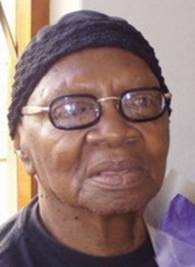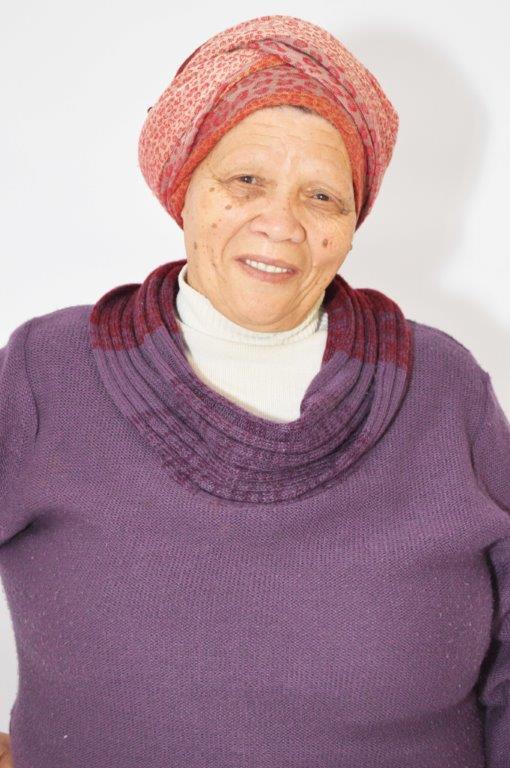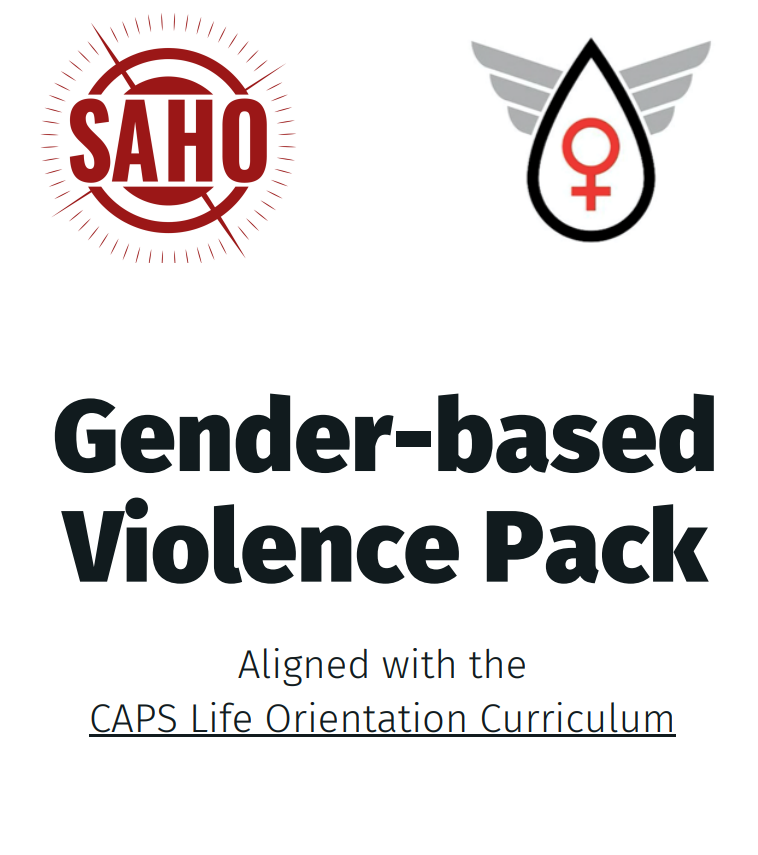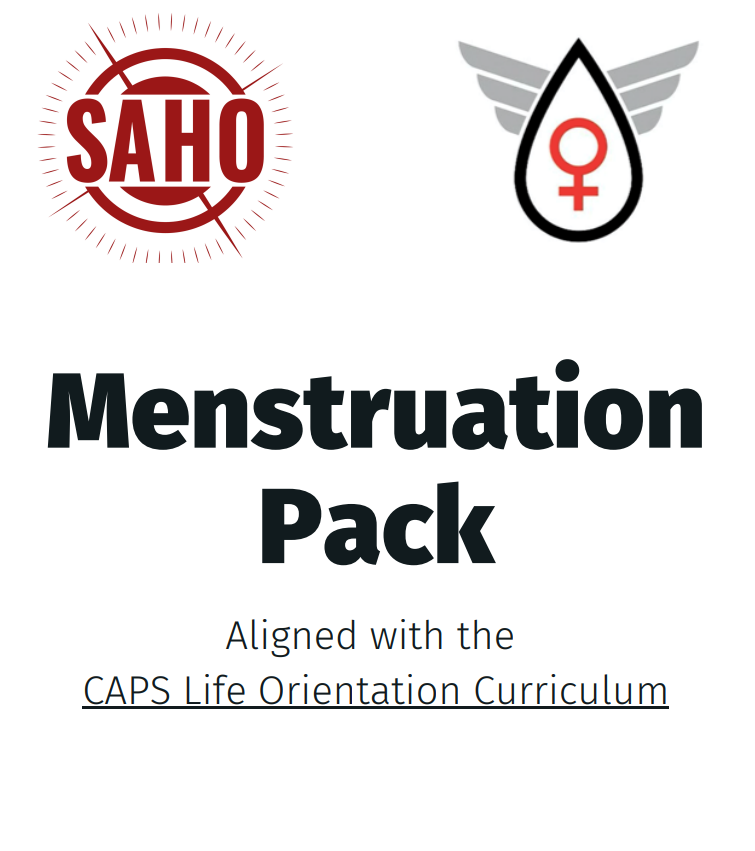The Knysna Lagoon opens between two massive cliffs, known as The Heads, these stand tall, acting as rugged watchmen over the pristine loveliness of the lagoon. Here, exquisite views of the water surging through the narrowed entrance make for idyllic backdrops to your Garden Route excursion.
Once proclaimed by the British Royal Navy: "to be the most dangerous Harbour entrance in the World!" The Knysna Lagoon is an Estuary supporting the Ecology along the Coastline with its valuable nutrients!
The History of the Knysna Lagoon is very interesting! First discovered in the early 1500's by the Portuguese explorers seeking the sea route to India they named the Area around the Lagoon: "the Outeniquas". From out at sea the Portuguese noticed large columns of smoke emanating from the Forests that could be seen around the Lagoon. On further inspection they discovered that the fires were caused by the local Khoi people who started them to smoke out bees so that they could harvest honey in the hives found in the trees. Seeing, men laden with honey coming out of the forests they named the place, “The Outeniquas”. It was only after the arrival of the Dutch in 1652 that Europeans actually started exploring the hinterland of the Cape. It took until the 1760's for the explorers to reach Knysna. The first permanent settlement in the Area occurred in 1770 when the Farm: 'Melkhoutkraal', which surrounded large parts of the lagoon was allocated to a local farmer by the authorities in the Cape.
Eight years later, Governor Joachim van Plettenberg visited the Area on a journey of discovery and seeing the extent of the Knysna Forests became interested in obtaining supplies of wood for the Cape Colony. The Cape had a shortage of wood as most of the Indigenous trees had been cut down and used for housing and ship building by the Dutch colonists. When George Rex a Timber Merchant, from Cape Town arrived in the Area in 1804 he found that transporting timber by ox wagon was an almost impossible task. He then suggested to the authorities that it might be an idea to transport the timber by sea and commissioned his friend George Callender, to investigate the possibility of shipping timber from Outeniqua to land by sea, using the Knysna lagoon. As his Farm 'Melkhoutkraal' bordered on the Lagoon and he provided the Land, for the Jetties to be built. Up to this point in the History of the lagoon, no large ships had attempted to enter the Knysna lagoon through the two sandstone heads that guarded its entrance so no one knew whether it would be possible to export timber by sea. The first ship to attempt entry was the 188-ton Royal Navy brig; “Emu”, which did so on the 11th February 1817. The attempt was unsuccessful as she ran aground on a submerged rock and had to be beached on a sandbank just inside the mouth of the Lagoon. A few months later in May of 1817, the “Podargus” was sent to rescue the crew and salvage the cargo of the Emu. It became the first ship to successfully enter the Lagoon paving the way for the advancement of the timber Industry in the Area. As a result the timber Industry flourished!




